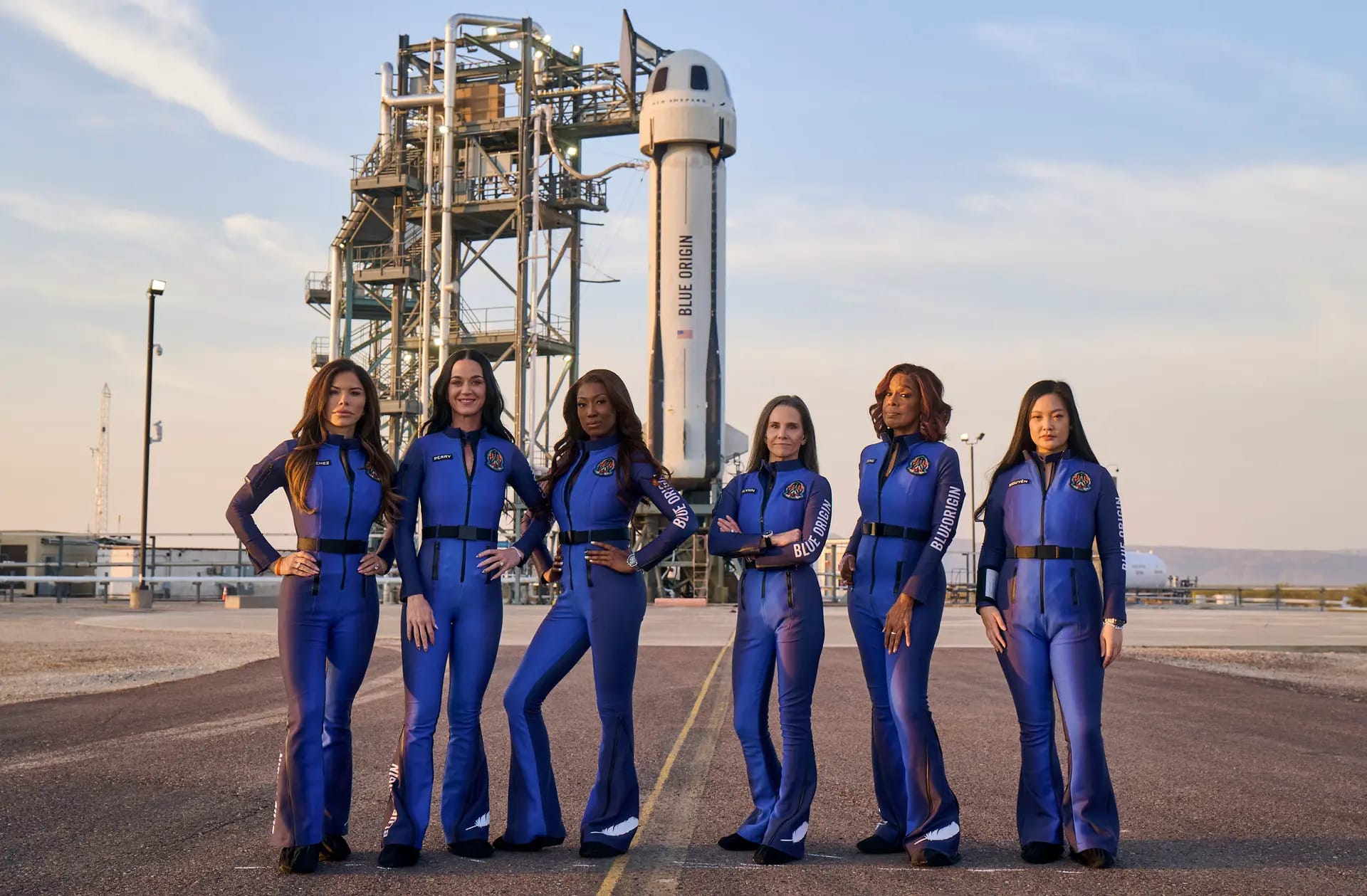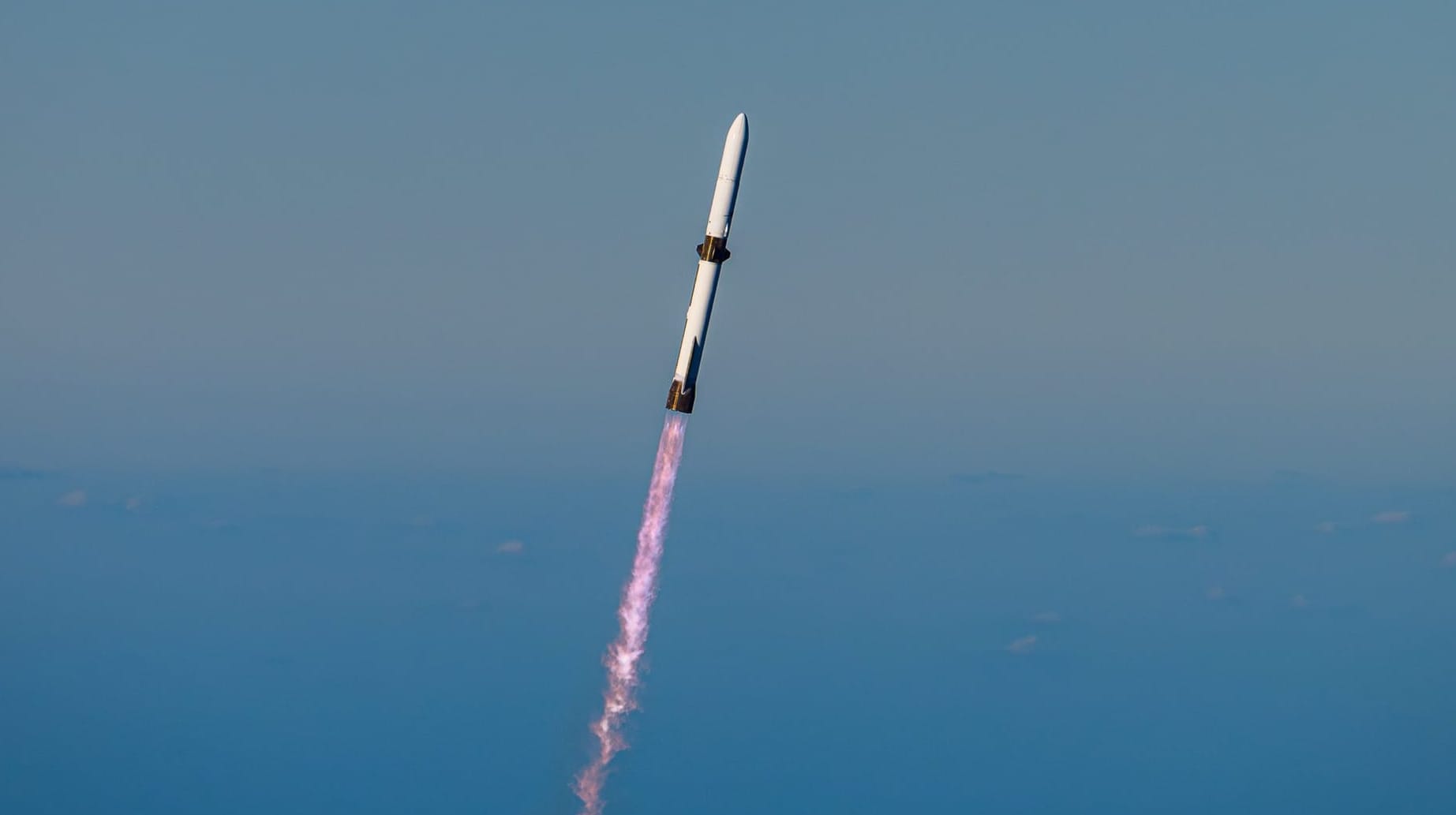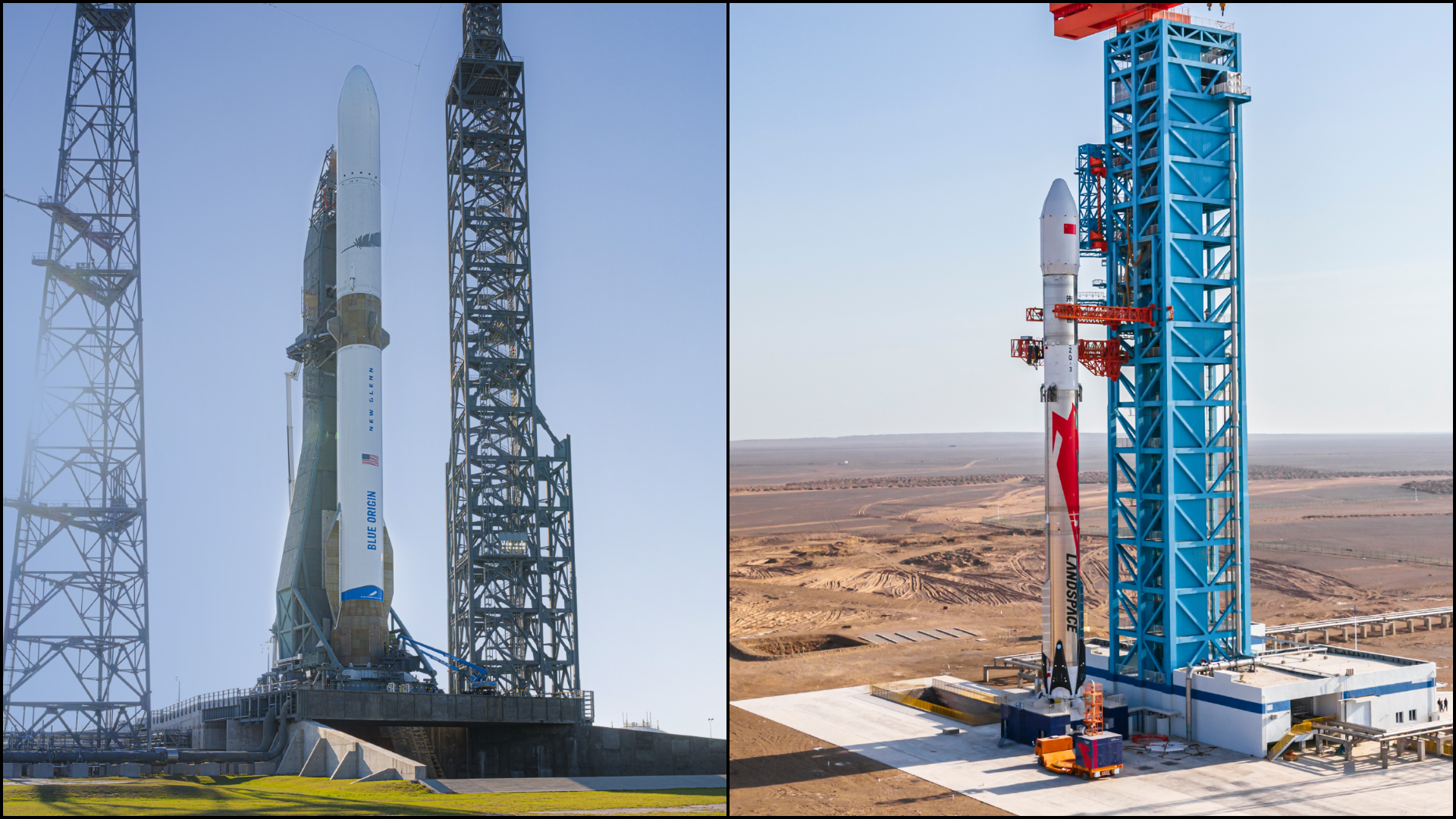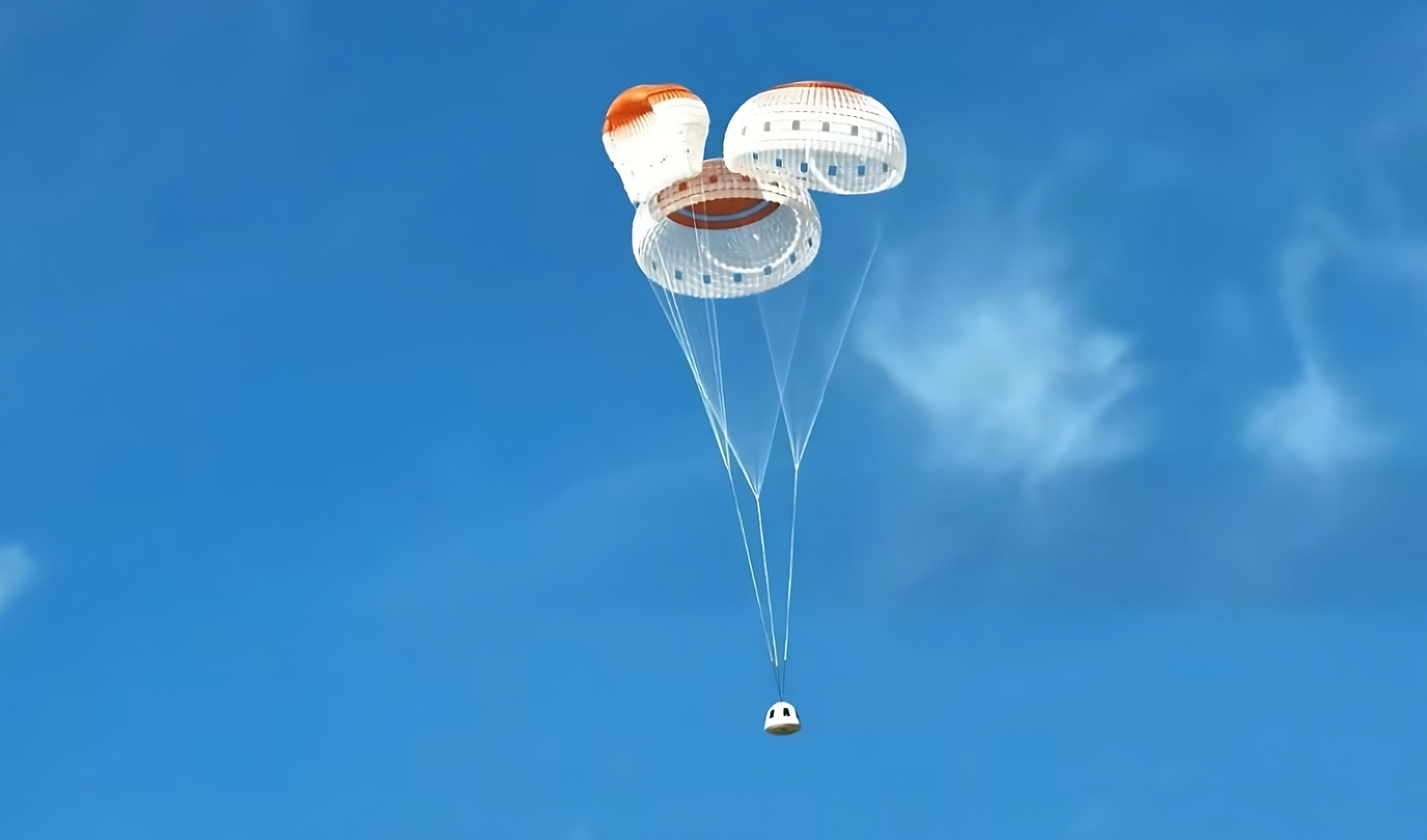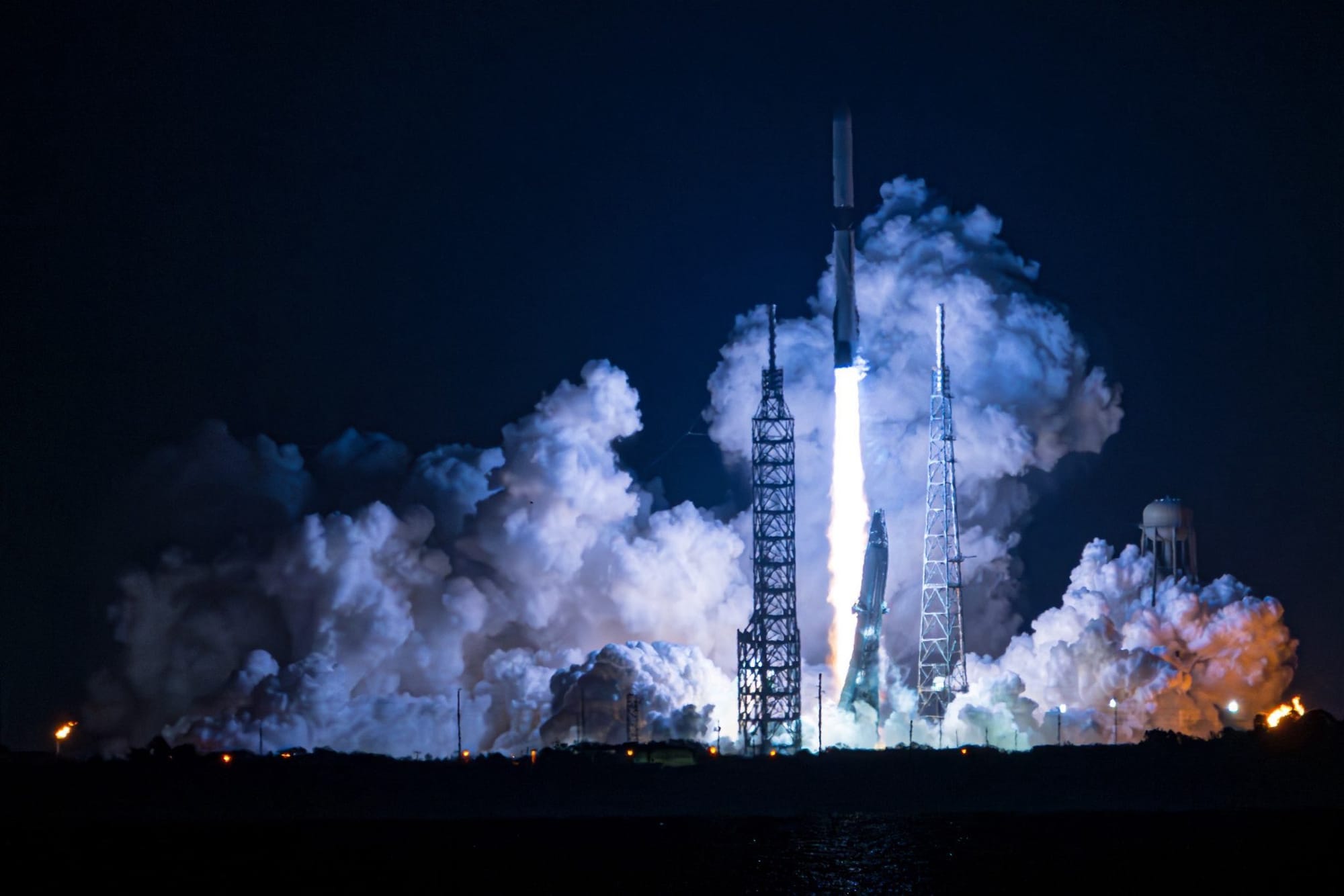Table of Contents
Blue Origin's 11-minute NS-31 mission occurred on April 14th, generating a sizeable reaction online. It helped that Blue rolled out the red carpet for this mission with a mission webcast over five times its usual length, along with a rarely seen post-mission press conference.
The NS-31 mission was first announced back in February, having been wholly funded by Lauren Sánchez and Jeff Bezos, who are engaged. In the lead-up to launch, Sánchez also commissioned custom spacesuits for the crew of six, instead of using Blue Origin's standard suits.
The crew itself was fairly star-studded. Lauren Sánchez was, of course, onboard with pop star Katy Perry, television personality Gayle King, film producer Kerianne Flynn, Bahamian-American STEM advocate Aisha Bowe, and Vietnamese-American Amanda Nguyễn who runs the Rise foundation. Combined, the crew has a net worth in excess of 400 million United States Dollars, with Perry, Sánchez, and King contributing the vast majority.
Bowe and Nguyễn are the only two members of the crew to have come from a space background. Additionally, Nguyễn was the first woman of Vietnamese descent to go to space, while Bowe was the first Bahamian woman.
With a sizeable amount of attention on the flight, along with a seat cost anywhere from 150,000 to 28 million dollars, criticism of the flight was aplenty. To begin, no science was onboard the mission, unlike some other crewed New Shepard flights.
With the costs of a seat on board New Shepard, that drew a portion of the criticism too. Sections of an NBC show and a column in The Guardian described the flight and the choice of custom spacesuits as gluttonous, citing the costs of items like eggs for ordinary income individuals, and like a trip back to 2010s status quo capitalist feminism.
One of the main criticisms of the flight was pollution. A Blue Origin spokesperson in 2021 told the Associated Press the following on emissions from a New Shepard flight:
“Nearly 99% of New Shepard’s dry mass is reused, including the booster, capsule, ring fin, engine, landing gear, and parachutes,” – “New Shepard’s BE-3PM engine is fueled by highly efficient and clean liquid oxygen and hydrogen. During flight, the only byproduct of New Shepard’s engine combustion is water vapor with no carbon emissions.”
However, it is important to note that water vapor is a pollutant above 10 kilometers in altitude, where the vehicle spends only a small portion of its flight. With a little math, you can find out that for every two kilograms of hydrogen burned, eighteen kilograms of water vapor are produced. And with more math, you can figure out that with the BE-3PM's ~445-second specific impulse and roughly two and a half minutes of burn time, each launch burns around 16,600 kilograms of propellant (over 2,300 kilograms of hydrogen and 14,000 kilograms of oxygen). This produces approximately 21,000 kg of water vapor, based on the combustion reaction of hydrogen and oxygen forming water.
As for why these emissions are a problem, the average American only emits 14.3 tons of pollutants each year, while someone living in Europe emits 5.6 tons. Meanwhile, someone from the Global South emits just 2.1 tons (India) or as low as 0.4 tons (Kenya). To emit the same as the crew of six did in eleven minutes, the average American would need to exist for almost eighteen months, while a Kenyan would need to be around for over fifty years. Keep in mind, New Shepard flies many times per year now on tourist "sightseeing" missions.
Furthermore, the me-centricness and individualism of the flight drew further criticism. Blue Origin hailed the flight as pushing the envelope forward, stating:
"Each of these women is a storyteller who will use their voices—individually and together—to channel their life-changing experience today into creating lasting impact that will inspire people across our planet for generations."
But what envelope does a suborbital tourist mission push? Wang Hoaze, a woman from China and rocket engineer, is currently aboard the Tiangong Space Station, meanwhile Anne McClain and Nichole Ayers are onboard the International Space Station.
Sunita Williams commanded the International Space Station for the second time during her last spaceflight, not to mention the four other women who have commanded the station. There's also Eileen Collins commanding two Space Shuttle missions, Jasmin Moghbeli, Nicole Mann, and Anne McClain leading NASA missions, and Sarah Gillis performing the highest spacewalk since the Apollo program and becoming the youngest person to do so. And Peggy Whitson too, commander of one commercial spaceflight with a second expected this year.
Yes, NS-31 was the first all-woman crew since Valentina Tereshkova's Vostok-6 mission. The difference is that Vostok-6 performed science and lasted for almost three days, not eleven minutes.
According to the European Space Agency, crews for the International Space Station (ISS) are selected by the Multilateral Crew Operations Panel based on consensus among ISS partners. Each partner proposes candidates who must meet strict criteria, including medical and behavioral fitness, language skills, and adherence to the ISS Code of Conduct. Selections are made well in advance to allow for mission-specific training and team coordination, with both prime and backup crews chosen at the same time. These reasons why are why an all-woman crew hasn't flown, as science onboard the space station requires specific skills. The same applies to China's Tiangong Space Station.
It is possible to do good space tourism, so to say, too. The first crewed mission to polar orbit, Fram2, conducted a small bounty of science during a four-day mission. Polaris Dawn notably performed the first all-private spacewalk utilizing a modified Crew Dragon. And New Shepard will occasionally fly missions dedicated to science and research.

